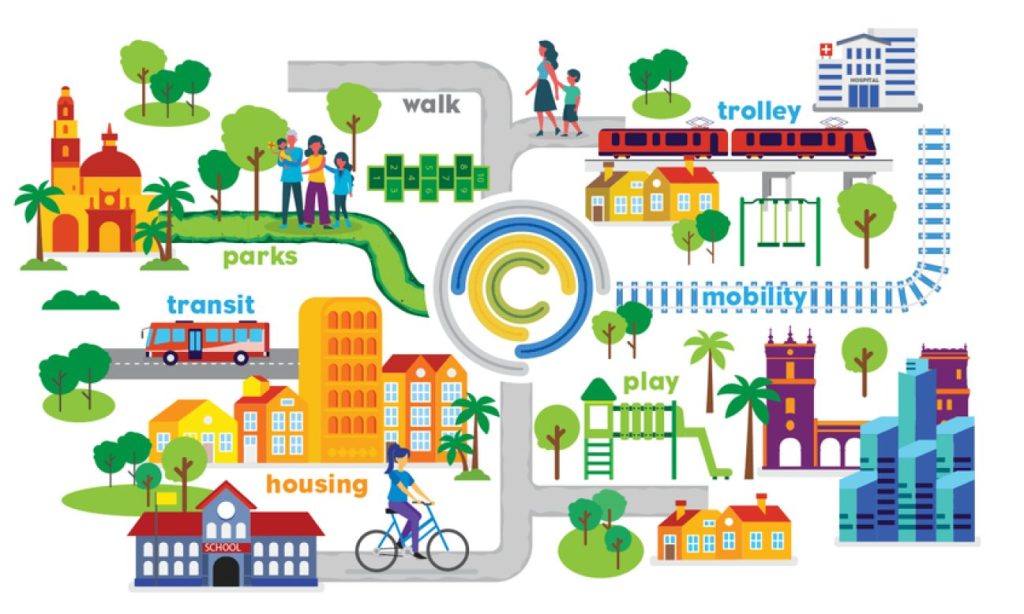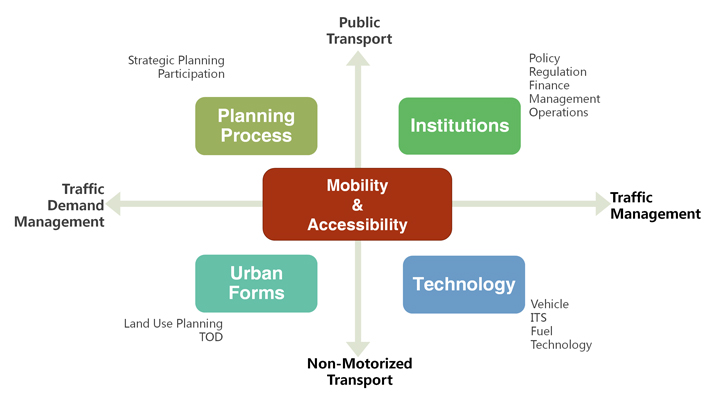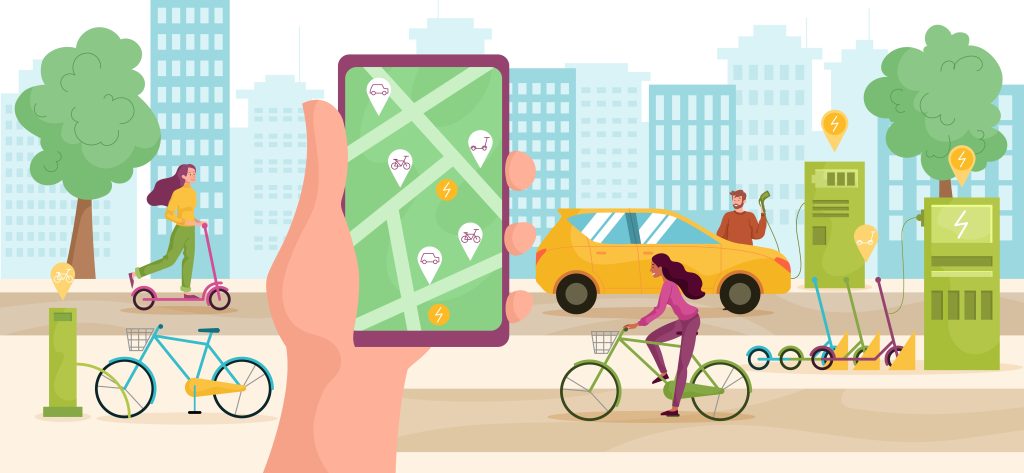In the wake of the COVID-19 pandemic, the paradigm of transportation in cities worldwide shifted dramatically. As urban planners and stakeholders strive for a more sustainable urban design, transportation systems stand at the forefront of this transformative era. It’s essential for future generations to inherit cities that prioritize sustainability, efficient land use, and comprehensive transport systems. So, how can transportation planning pivot towards this vision by 2030? Let’s explore.

1. The Imperative for Sustainable Transportation Planning:
The effects of greenhouse gas emissions from the transport sector continue to deteriorate our air quality. Traditional forms of transport, predominantly powered by fossil fuel, are significant contributors to these emissions. By investing in sustainable transportation planning for urban areas, we can significantly reduce congestion, improve air quality, and minimize carbon emissions, creating a healthier living environment for everyone.

2. Public Transportation: The Green Lifeline of Cities:
Public transportation projects, including bus networks and train systems, not only improve mobility for residents but also play a pivotal role in emission reduction. Increased ridership on these systems can significantly reduce the number of individual vehicles on the road, subsequently decreasing emissions and improving overall air quality.
3. Mixed-use Land Development: An Answer to Urban Sprawl:
Promoting mixed land development and transit-oriented development can lead to shorter commutes and reduce the need for personal vehicles. These areas combine residential, commercial, and entertainment zones, fostering an environment where people can live, work, and relax without significant travel. Local governments and planning organizations should thus prioritize mixed-use and transit-oriented developments in their land use planning.
4. Promoting Sustainable Modes of Transit:
Walking and cycling are not only good for health but also for the environment. Urban design should emphasize complete streets with safe sidewalks and bike lanes, ensuring pedestrian safety and encouraging these sustainable transportation modes.
5. The Evolution of Electric & Autonomous Vehicles:
Electric vehicles (EVs) and autonomous vehicles (AVs) promise a more sustainable transport system, especially when combined with green energy sources. By reducing our reliance on fossil fuels and optimizing traffic flow, EVs and AVs can help combat air pollution and greenhouse gas emissions.
6. Reimagining Parking: From Free Spaces to Green Spaces:
Parking, especially free parking, takes up valuable urban space. By converting some of these areas into green zones or prioritizing efficient use for EV charging or e-scooters, cities can create more livable environments while still accommodating modern transportation options.
7. Insights from 2021 & Beyond: The Post-COVID Landscape:
The COVID-19 pandemic shifted perceptions and patterns of moving people and goods. Lessons from this period, coupled with datasets and case studies across different regions, can provide actionable insights for transportation planning moving forward.
Conclusion:
As we approach 2030, the roadmap for sustainable transportation planning becomes clearer. By prioritizing the environment, integrating efficient transport systems, and collaborating with stakeholders, urban areas can pave the way for future generations. Policymakers, planners, and every individual have a role to play in this sustainable development journey.




